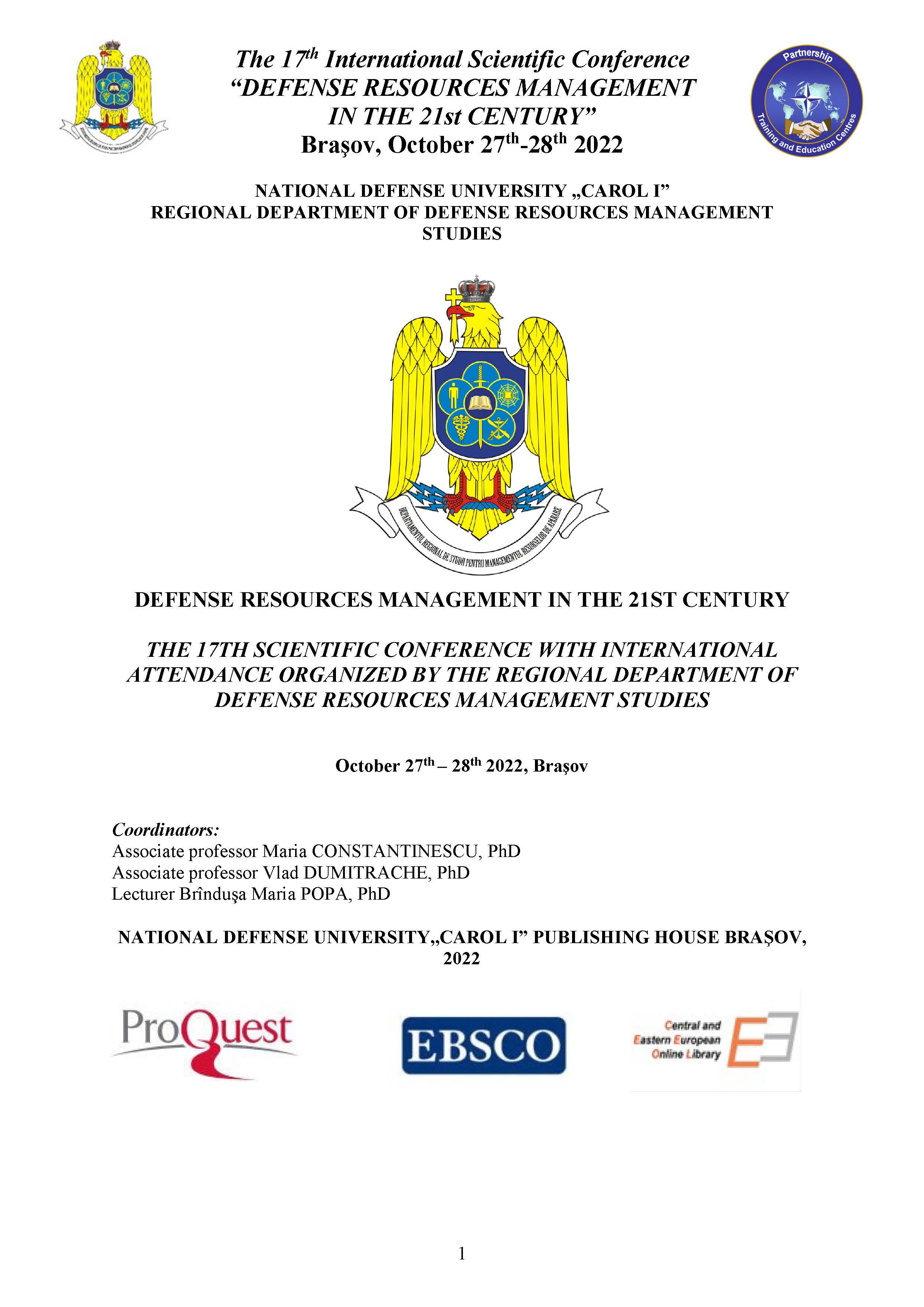MARGINAL ANALISIS IN DECISION-MAKING
MARGINAL ANALISIS IN DECISION-MAKING
Author(s): Alexandru BOSÂNCEANUSubject(s): Business Economy / Management, Security and defense, Methodology and research technology, Socio-Economic Research
Published by: Regional Department of Defense Resources Management Studies
Keywords: cost-benefit analysis; margin analysis; management; profit; decision-making;
Summary/Abstract: In the conditions of the dynamic development of the economy, the task of making effective managerial decisions is becoming increasingly important. A special role in substantiating management decisions is assigned to marginal analysis. To form a qualitatively new level of management, it is necessary to justify management decisions as fully as possible and evaluate their effectiveness at all levels of management. Margin analysis establishes a correlation between the most important indicators characterizing the activity of any enterprise - costs, volume, and profit. Using this tool, management can predict the amount of profit, and its change compared to the existing level and, based on this information, make the right managerial decisions on choosing an enterprise strategy. With the help of margin analysis, other management decisions are also substantiated: a choice is made of a change in production capacity, the product range is determined, the price of a new product is made, and a decision is made on the purchase or purchase of parts, the effectiveness of accepting an additional order is evaluated, and others. The methodology of marginal analysis is based on the study of the relationship between the most important indicators: costs, the volume of production (sales) of products, and profit, as well as forecasting the magnitude of each of these indicators for a given value of others. This analysis is also called breakeven analysis since this analysis allows you to find the equilibrium point, i.e. critical sales volume, or break-even point - the point at which the total revenue is equal to the total cost. They represent the sum of fixed and variable costs. The Break-even point is a situation in which the company does not incur losses, but also has no profit. Below the breakeven point mean losses for the management, above the equilibrium point - profit. The key elements of marginal analysis are operational, financial leverage, the stock of financial strength of the enterprise, and the threshold of profitability. This paper explores marginal analysis as a tool for making effective management decisions. The importance of using margin analysis to select an enterprise development strategy is noted. The basis of the marginal analysis is the division of production and marketing costs depending on changes in the volume of production into variables and fixed.
Journal: Defense Resources Management in the 21st Century
- Issue Year: 17/2022
- Issue No: 17
- Page Range: 76-114
- Page Count: 39
- Language: English

